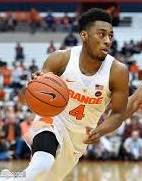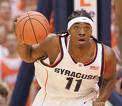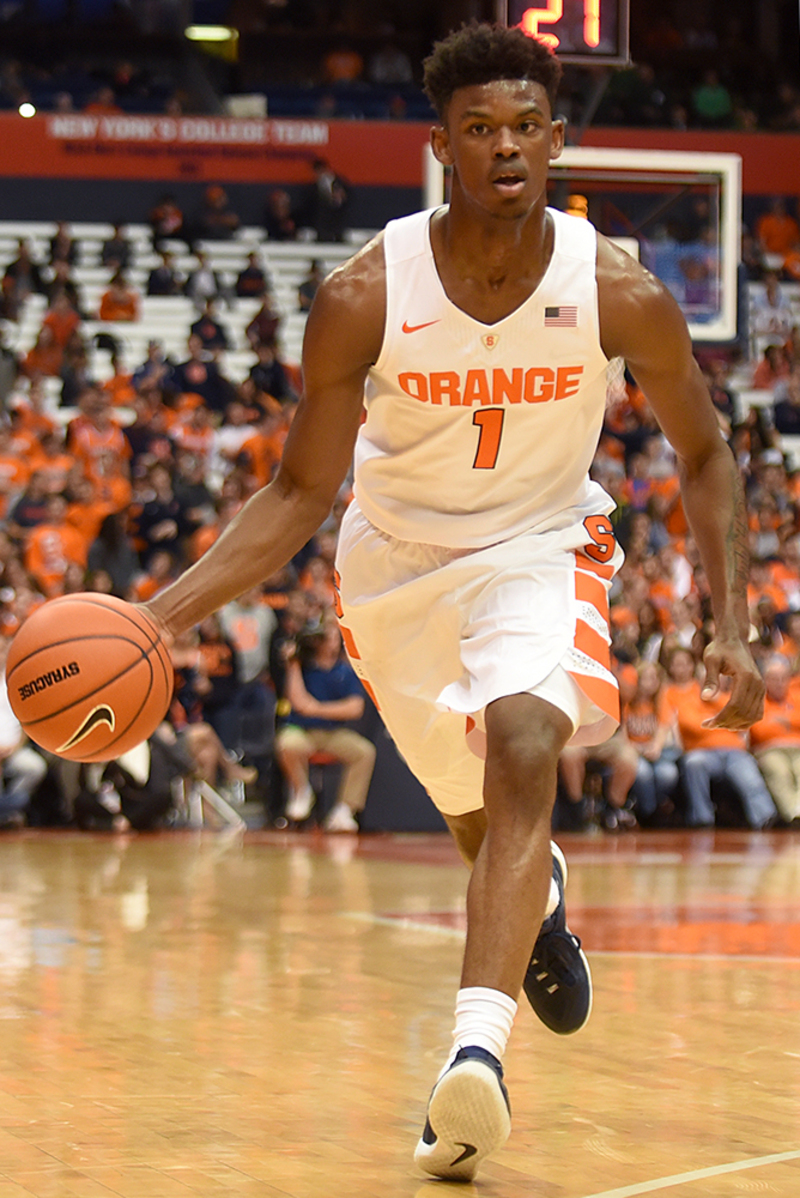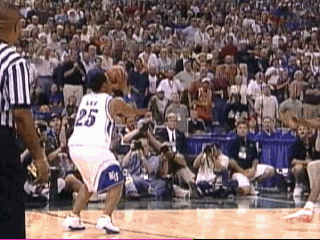My father, Bill Young, passed away in the early morning of Valentine's day this year. He had suffered with Pancreatic cancer for the past year. But he battled it well, and was very active up until the end.
My dad was a huge Syracuse sports fan. He graduated from SU in 1960, and had the fortune of attending Syracuse during both the era of Jim Brown and Ernie Davis. He was fortunate to be a student when the Orangemen won the National Football championship in 1959. He got to follow guys like Floyd Little, Jim Nance and Larry Csonka carry on the running back tradition for the Orangemen.
 |
| Bill Young |
We were a busy family growing up with a lot of activities, and my parents did an excellent job of managing the household funds. We didn't go to a ton of Syracuse games because of those constraints, but we normally made at least one football game each year and a couple of basketball games. The Carrier Classic was something we attended each year, and though that event has passed, I always hold that as something special to me.
My father and I had the privilege of attending a Syracuse/Boston College game in January of my senior year in high school. It was a great game with a lot of action back and forth, a tightly contested event. Syracuse looked like they were going to lose the game when the Pearl hit his now legendary half court shot to beat the Eagles.
Dad, myself and my two month old son watched television together to watch Syracuse beat Kansas in the 1996 NCAA tournament.
Though separated by a few hundred miles, my Dad and I both got to celebrate the Orangemen winning the 2003 National Championship in basketball, perhaps the highlight of both our Syracuse memories. A lifetime of waiting for that event to occur, one that I thought may never occur, was truly a wonderful moment.
My dad always supported the team. He was a rational man, and never trashed the coaches, or hated the players. That's not to say he didn't get angry at bad plays, but he was always supportive of his Orangemen.
Jim Boeheim's 1000th victory was an event he was able to get to enjoy.
I visited him the weekend of the Pitt/Syracuse game. That was a typical Syracuse game, another frustrating loss to the Panthers. Though I didn't know it, that would be the last game he and I would watch together.
Two nights later he watched the heartbreaking loss in overtime to Louisville, with my mother and sister with him. He would unexpectedly die a few hours later.
He was a wonderful father, a beacon for me my entire life. A caring and fair man, with outstanding generosity.
Thank you Dad, for the lifetime of memories, and for all your love and support. You shall be loved and missed, but never forgotten.









